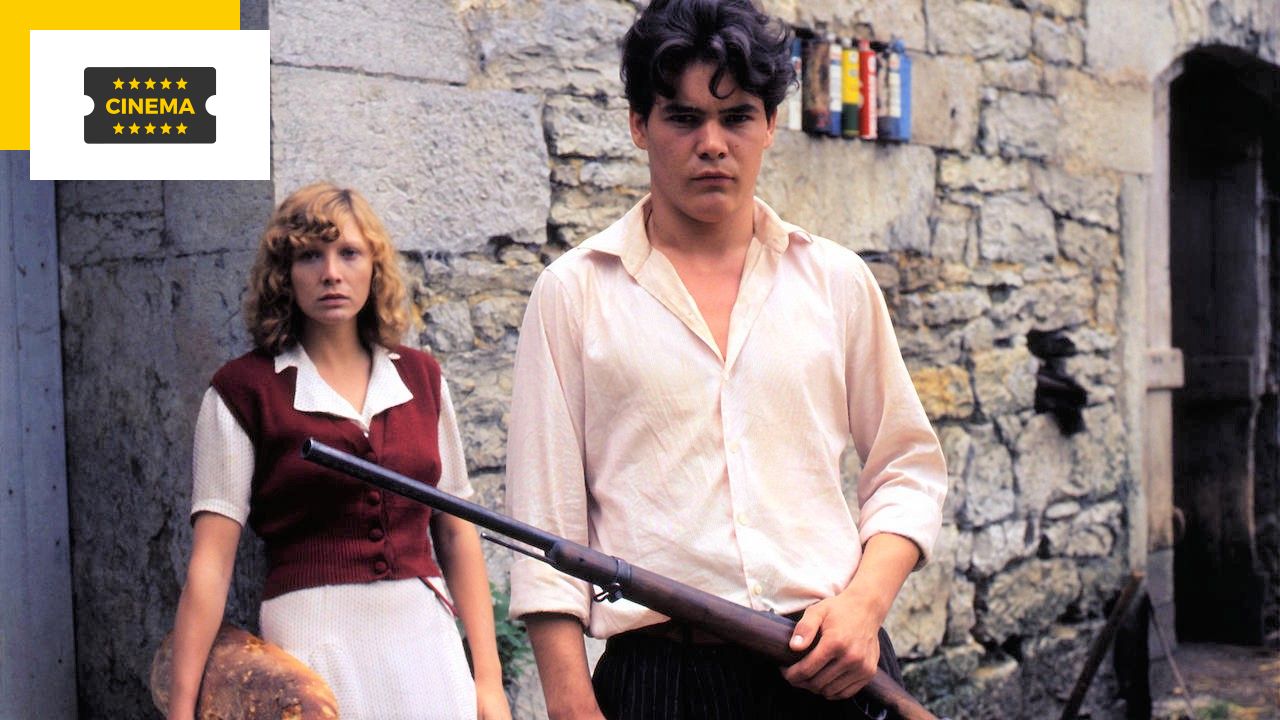Released in theaters on January 30, 1974, Lacombe Lucien was a huge success, drawing 1.7 million viewers. In addition, the work on AlloCiné received an extremely rare press rating of 5 out of 5 stars!
Director Louis Male took us to June 1944, during the German occupation. The son of peasants, Lucien Lacombe, 17, cleans at the hospice.
His father is a prisoner of war in Germany, his mother lives with another man. A teenager wants to join the makeup business, but is refused. He finds himself recruited by the Gestapo when he falls in love with Frans Horn, the daughter of a Jewish tailor hiding in the region.
Lacombe Lucien is played by Pierre Blaise, a young actor who tragically died in a car accident in 1975 at the age of 23. Louis Malle continued to see the young man’s parents until the end of his life in 1995. The filmmaker decided very early on that the character would not be played by a professional.
In the winter of 1973, the director placed an advertisement in the Southwestern press and met several hundred teenagers. Until the day when, in the offices of La Depêche de Toulouse, at the end of the casting, she discovers the then 17-year-old Pierre Blaise, who was forced to come by her mother and who immediately seduces her.
Louis soon admits that what subconsciously attracted him to the young actor is his resemblance to Charles Le Clainche, a former colleague who shares the cell of the hero on death row who escaped from Robert Bresson.
Marxist approach
In his vision of cooperation, Louis soon claimed a Marxist approach. For Lucien’s character, he actually claimed to be inspired by Marx’s reflections on the lumpen proletariat, a social class that had no choice but to cooperate with the forces of repression because it lacked political culture.
Thus, in the mind of the director, Lucien Lacombe did not choose ideology by joining the militia, but material comfort and social ascension.
Pierre Blaise
Polemics and controversies
Lacombe Lucien caused fierce controversy when it was released in France in January 1974. Louis Malle had to face many negative reviews, such as from the newspaper Le Monde. After calling the film a “masterpiece” in the first days of its release, the newspaper condemned the work as “dangerous” a few weeks later.
There was also a strong reaction from the political class: the Communists and Gaullists in particular criticized Louis Mallel for daring to undermine the resistance by “legitimizing the worker”. The filmmaker has always protected himself from such an approach.
He explained this conflict by saying that the French remained in the “official” and idealized version of history, according to which the whole country was against the occupier.
“Maly draws the ire of some of his contemporaries because he takes a neutral, detached point of view: his central character is never described as a complete scoundrel. Lucien is analyzed for his complexity but never judged thanks to the director’s sober staging. He leaves the audience to decide.”Guillaume Evin writes What a scandal! 80 movies that shocked their timeEditions de La Martinière.
Shame on who MALLE is thinking
“In the years following the war, an official story was circulated which confirmed that the French, in unison, had risen against the occupier. Now we know it didn’t. went out. Perhaps because of Marshal Pétain, who nevertheless put the French very cunningly in a state of anticipation.”pointed out by Louis Malle A Interview February 9, 1974.
“Which meant that the vast majority of French people were not really loyal to one side or the other throughout the war. The Gestapo was an extreme and borderline, absurd commitment. Because it is clear that he joined the Gestapo in the spring of 1944. It was somewhat absurd. It was unconscious and primarily After all, the character undoubtedly found satisfaction there.”– the artist analyzed.
These various controversies did not stop French audiences from going to see the film, which drew 1.7 million people to darkrooms in early 1974.
Source: Allocine
Rose James is a Gossipify movie and series reviewer known for her in-depth analysis and unique perspective on the latest releases. With a background in film studies, she provides engaging and informative reviews, and keeps readers up to date with industry trends and emerging talents.





-t4ygakrtjjn9.jpg)

